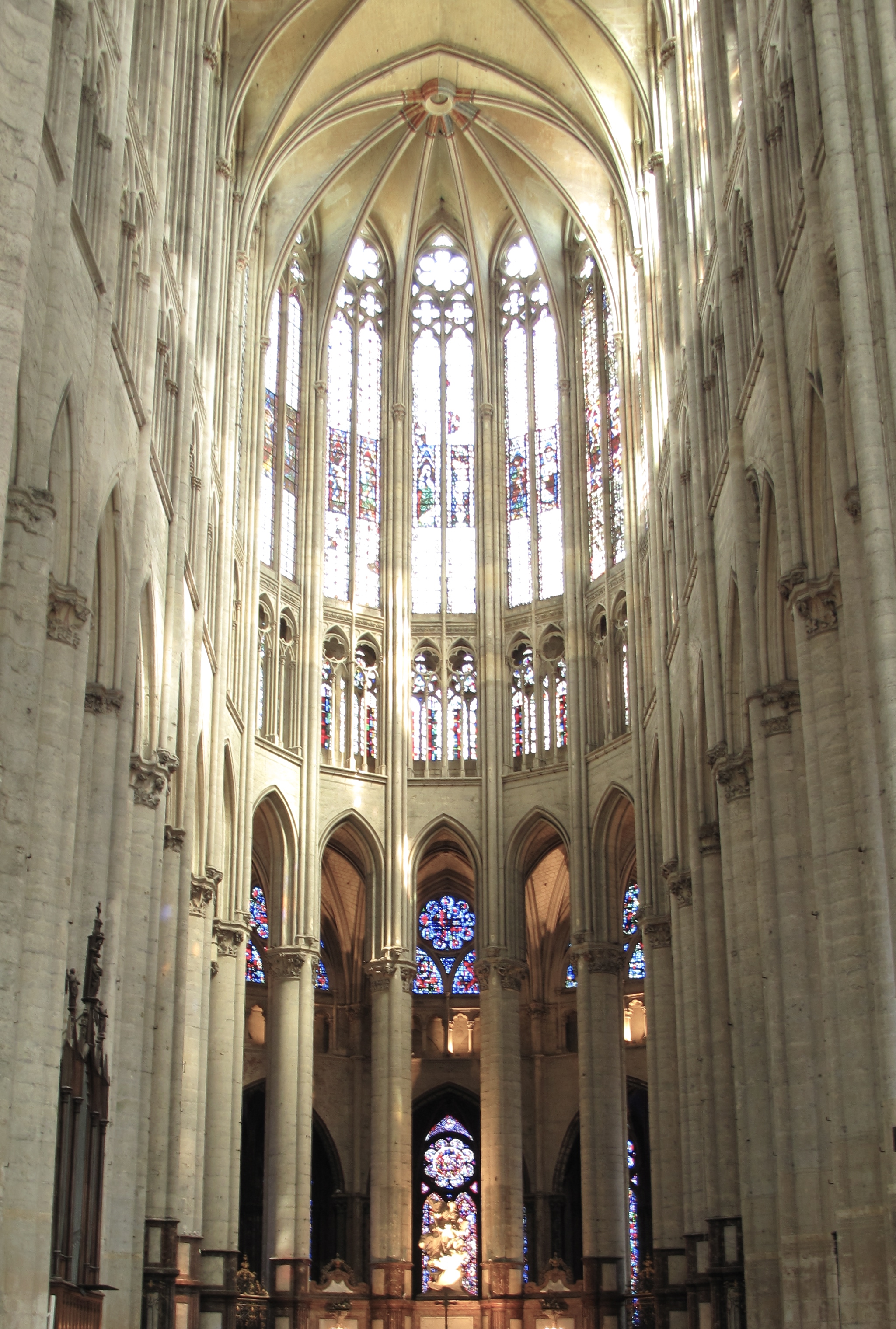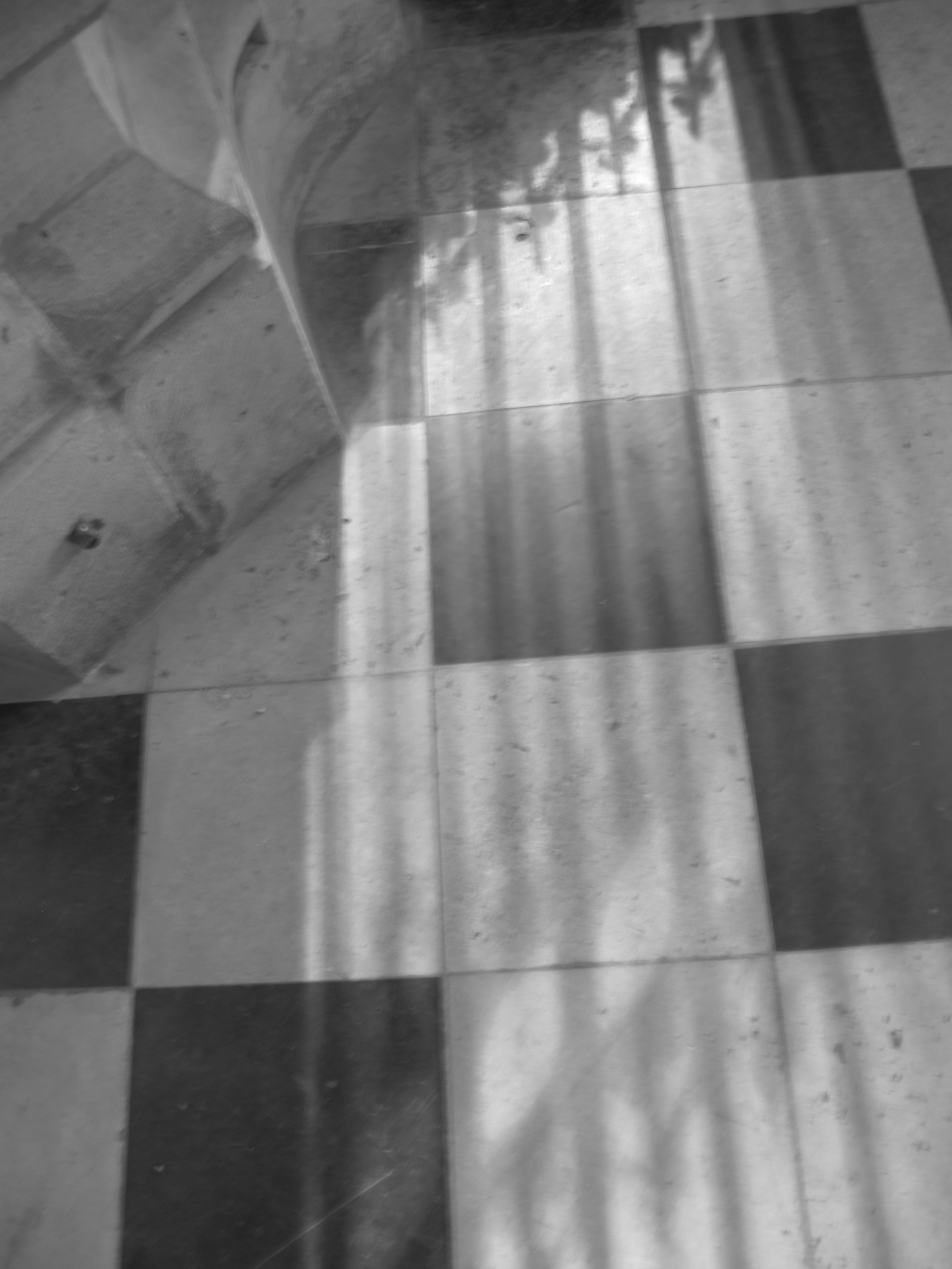THE MIRROR
OF
LITERATURE, AMUSEMENT, AND INSTRUCTION
No. 770 | SATURDAY, APRIL 2, 1836 | PRICE 2d.
“Beauvais is an extensive city: the streets are wide; the houses are built of wood, and presenting their gables to the street, they give to the place a picturesque irregularity.
Beauvais is of some consideration among the manufacturing towns of France. It has a royal manufactory of carpets, established by Colbert in 1664. These carpets are nearly equal in quality to those of Gobelins, and fetch a high price.
The finest public building is the cathedral, of enriched Gothic architecture. This edifice is, however, imperfect, having neither nave nor steeple. But the choir, from its boldness and fine proportions, is superb: it even appears more lofty than that of Amiens, though actually not so.”
SMALL WONDERS IN BEAUVAIS
The creaky old stairs in the hotel.
The wide avenues lined with purple-rose covered trellises, where once there was a medieval fortified wall.
The river running through the town; each one a small branch of the Thérain: a source of water for the mills that were once used to weave linens and carpets.
A church garden full of twittering birds.
The smiles of the people I pass, out promenading. This, more than anything, gave Beauvais a village-feel, as inner city smiles are rare in France.
Spending time making daisy-chain-crowns on a verdant lawn.
And everywhere there were small houses - with shuttered windows and wooden beams showing, in the Maison Paysannes style.
However beautiful the town of Beauvais was, it was nothing compared to the breathtaking beauty of its Cathedral. And this is what I had come for...
BEAUVAIS CATHEDRAL
The Cathedral of Beauvais drew me out of Lyon, like a moth to a flame. I had only ever studied it on paper; in the pages of dusty books, full of 19th century illustrations. Actually standing beneath my subject of study - one of the tallest and most intricately detailed Gothic cathedrals of the Middle Ages, I felt a little teary-eyed.
EXCERPTS FROM MY RESEARCH PAPER, 2013
In France, a competitive environment pressured the medieval cathedrals of the nation to new heights.
Notre-Dame's then 'outrageous' height of 33 meters was quickly surpassed by Chartres at 34 meters in the early thirteenth-century; Bourges at 37 meters in the mid century, and Amiens at 42 meters near the end of the century. It was this competitive environment that pushed Beauvais into the stratosphere, with the inner height of the nave reaching 47 meters.
Cathedrals were not only in competition with one another, but were also competing with the surrounding town. The urban boom of the middle-ages resulted in the doubling of populations between the years 1000 and 1328, with at least two-thirds of the growth situated in urban areas. The cathedrals of France, often set in the midst of the town, were in danger of being marginalized. Thus, the new soaring superstructures were meant to dominate the encroaching cityscapes. Beauvais itself was allotted only a small plot of land, and, being situated in a geographical basin, it rises to the sight of pilgrim walkers only thanks to its immense height. In contrast, English cathedrals - which display nothing of the French propensities for height - were often situated a little outside the town as they had a more monastic function.
Moreover, the literal height of each French cathedral was then embellished upon, and visually extended using the architectural features therein. By running shafts up the piers, and the intimately connecting these with the shafts in the vault, the desired effect of an uninterrupted vertical line could be achieved. For example, in Beauvais Cathedral, the vertical tracery cage connects both the triforium and the clerestory above. These vertical shafts are also joined by the pointed arches, the piers and the arcades, all working together to draw the eye upwards.
By emphasising a cathedral's height and vertical lines, French masons wished to lift the viewer's eyes and mind to the heavens. Such motivations are directly laid out in the diary of Abbot Suger of St Denis, during his construction of what many now call 'the first truly Gothic church.' Lifted by the beauty of the decoration, to somewhere around the eaves, Abbot Suger could find himself in another region or plane of existence that was between this earth and the glories of heaven. Many others have also described such metaphysical feelings upon entering a Gothic cathedral.
RISING ABOVE ALL OTHERS
Beauvais cathedral took the French proclivity for height to its ultimate peak - the interior could easily house the Statue of Liberty within its 47 meters of glass and stone and air.
When visiting Beauvais in 1837, Benjamin Winkles described the intense feelings of a visitor upon entering the space. The first impression seems 'truly magical,' yet the second brings on a sense of danger, as one realises the true immensity of the exaggerated height. Stephen Murray elaborates on that feeling, saying:
The central vessel of the church is an inverted chasm; the beholder is drawn upward with a feeling of near vertigo.
One would not be wrong, to sense danger in the heights of the roof, as Beauvais Cathedral has been subject to two major structural disasters, and is now being held up with extensive supports. Yet, these do not detract from the sheer wonder of the building.
The entire paper, with footnotes, can be found HERE.
“Thus sometimes when, because of my delight in the beauty of the house of God, the multicolor loveliness of the gems has called me away from external cares, and worthy meditation, transporting me from material to immaterial things, has persuaded me to examine the diversity of holy virtues, then I seem to see myself existing on some level, as it were, beyond our earthly one, neither completely in the slime of earth nor completely in the purity of heaven. By the gift of God I can be transported in an anagogical manner from this inferior level to that superior one.”
















